Acidity is one of the five basic flavors, along with bitter, sweet, salty, and umami. This taste is the result of the high amounts of acid in food. Citrus fruits, for example, have high amounts of citric acid, which gives them their distinctive flavor.
However, unlike the other five flavors, researchers still do not fully understand the mechanism underlying the function of acid taste receptors or why some acids taste stronger than others.
We show you 5 acidic foods that can be healthy for your diet.
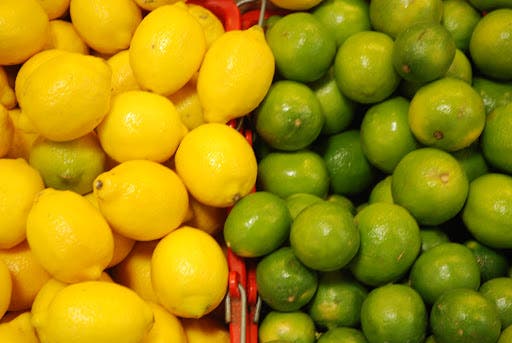
The 5 most acidic foods
As in the case of bitterness, detection of acidity is believed to be important for survival. It can help identify foods that could be dangerous to eat, as rotten or spoiled foods often taste sour due to the growth of bacteria.
However, this does not mean that acidic foods are always unsafe to eat. In fact, many acidic foods are quite nutritious and rich in plant compounds called antioxidants, which help protect cells from damage (Liu, Tang, Zhao, Gan, and Li, 2019).
These are the 5 most acidic and, in turn, healthiest foods.

1. Citrus fruits
Citrus fruits are known for their vibrant colors and distinctive flavors. While all have a hint of acidity, the balance between sweet and sour varies greatly between the different types.
Some of the most acidic citrus fruits are the following:
- Calamansí: a small green citrus fruit that tastes similar to a sour orange or sweeter lime
- Grapefruit – A large tropical citrus with a tart, slightly bitter taste.
- Kumquats: small orange fruits with a bittersweet flavor and edible peel.
- Lemons: yellow citrus fruits that have a strong acid taste.
- Limes: small green citrus fruits that taste more tart than sweet.
- Oranges: a type of citrus with many varieties that vary in size and flavor, some being sweeter than others.
- Grapefruits – A very large citrus that is yellow when fully ripe and tastes similar to grapefruit but less bitter.
Citrus fruits contain a high concentration of citric acid , a natural compound found in a variety of fruits that imparts a sour and sour taste. In addition to being the best natural sources of citric acid, these fruits are known for their high content of vitamins, essential for a strong immune system and for healthy skin.
Tart citrus juices like lemon and lime juice add a bright flavor to marinades and salad dressings, while slightly sweeter fruits like oranges and grapefruits can be peeled and eaten alone as a snack.
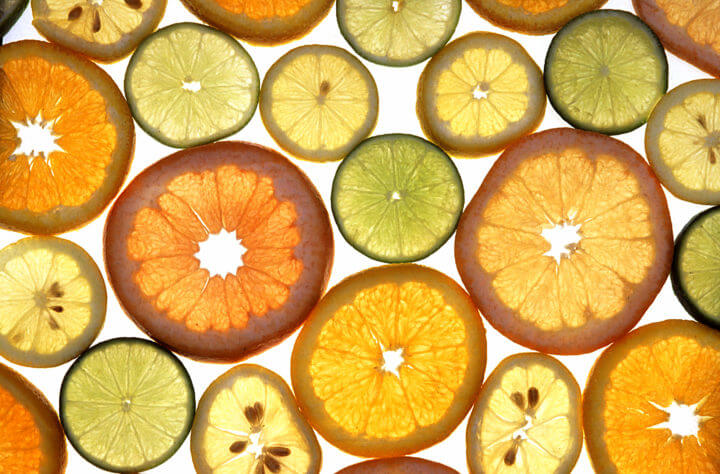
2. Tamarind
Tamarind is a tropical fruit native to Africa and comes from the tamarind tree. When the fruit is still young and has not ripened, it has a very acid green pulp. As the fruit ripens, the pulp softens to a doughy consistency and becomes more sweet and sour.
Like citrus fruits, tamarind contains citric acid . However, most of its sour taste is due to its high concentration of tartaric acid. In addition to being naturally found in fruits like tamarind and grapes, tartaric acid is used as a food additive to provide a tart taste.
Nutritionally, tamarind is a good source of several essential nutrients, including B vitamins, magnesium, and potassium. It’s also quite versatile, as the pulp can add a bittersweet flavor to marinades, drinks, and desserts.

3. Blueberries
Raw cranberries have a tangy, tangy taste due to their low sugar content and high concentration of organic acids, including citric and malic acids.
While cranberry juice can be high in added sugars and low in fiber, whole cranberries are a nutrient-dense addition to your diet, providing important nutrients like manganese, fiber, and vitamins C and AND.
Blueberries are also one of the richest sources of quercetin, a plant compound that has been credited with antioxidant, anti-inflammatory, anticancer, antifungal, and antibacterial properties.
Fresh blueberries can add a tart flavor to salads, sauces, and mixed grain and green chutneys; while dried cranberries can be mixed into homemade granola bars or a trail mix.
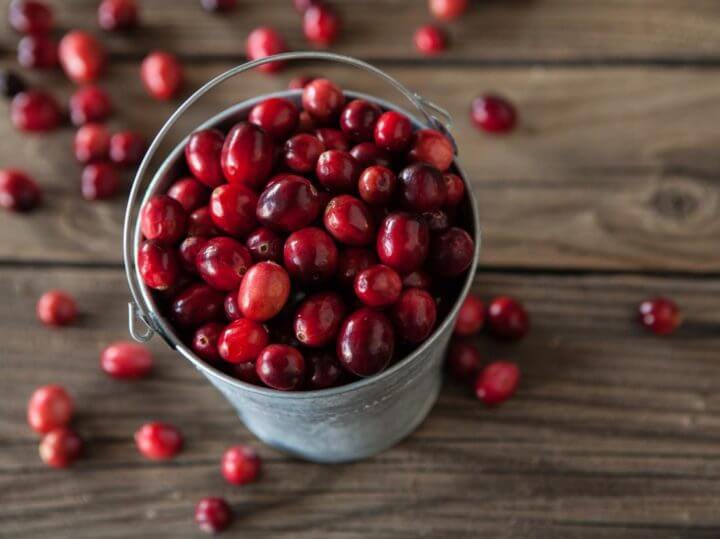
4. Vinegars
Vinegar is a liquid made by fermenting a carbohydrate source, such as a grain or fruit, to convert sugars into alcohol. To aid in this process, bacteria are often added to further break down the sugars.
One of the by-products of this fermentation process is acetic acid, the main active component in vinegar and the main reason why vinegar tastes so sour.
There are many types of vinegars, each with its own flavor depending on the carbohydrate source from which it was fermented. Common types include rice, apple cider, red wine, and balsamic vinegars.
Vinegars are typically used as ingredients in sauces, marinades, and dressings. Tastier vinegars like balsamic can also be drizzled on dishes like pizza, pasta, and sandwiches.
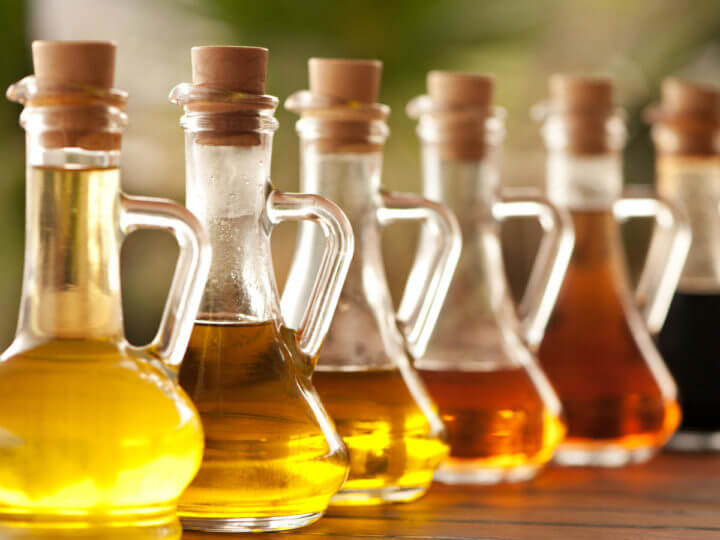
5. Kefir
Often described as a drinkable yogurt, kefir is a fermented beverage made by adding kefir grains to cow’s or goat’s milk. As kefir grains can contain up to 61 strains of bacteria and yeast, it is considered a more diverse and powerful source of probiotics than yogurt.
Like other fermented foods, kefir has a sour taste that is largely due to the production of lactic acid during fermentation. Also, like yogurt, kefir products often have added sugars and flavors to make them sweeter and less acidic.
Interestingly, kefir can be well tolerated by people with an intolerance to lactose, a milk sugar, as most of the lactose is converted to lactic acid during fermentation. However, for a 100% lactose-free option, kefir can also be made with non-dairy liquids, such as coconut water or fruit juice.
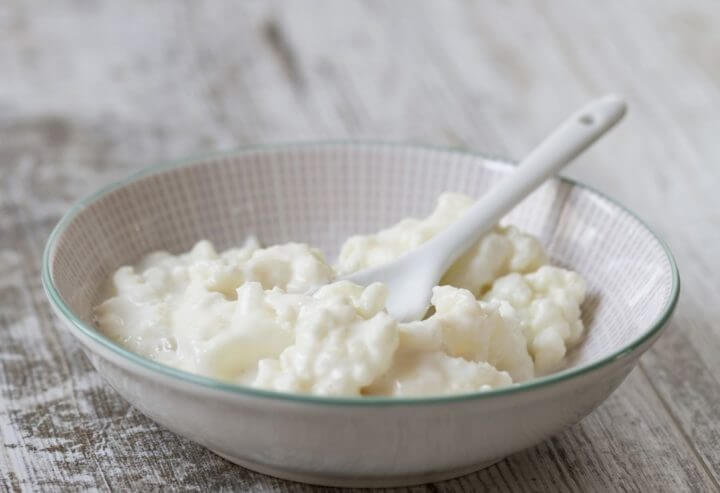
Conclution
The sour taste is one of the 5 basic flavors, and indicates the presence of an acid in food, such as citric or lactic acid.
Among the most acidic foods that also have nutritional benefits are citrus, tamarind … Etc. Try adding some of these sour foods to your diet to increase the flavor and health benefits.
References
- Liu, Q., Tang, GY, Zhao, CN, Gan, RY and Li, HB (2019). Antioxidant Activities, Phenolic Profiles, and Organic Acid Contents of Fruit Vinegars. Antioxidants (Basel, Switzerland). doi: 10.3390 / antiox8040078
- McGrane, K. (2020). 13 Lip-Puckering Sour Foods. For. Healthline. [Revised March 2020].